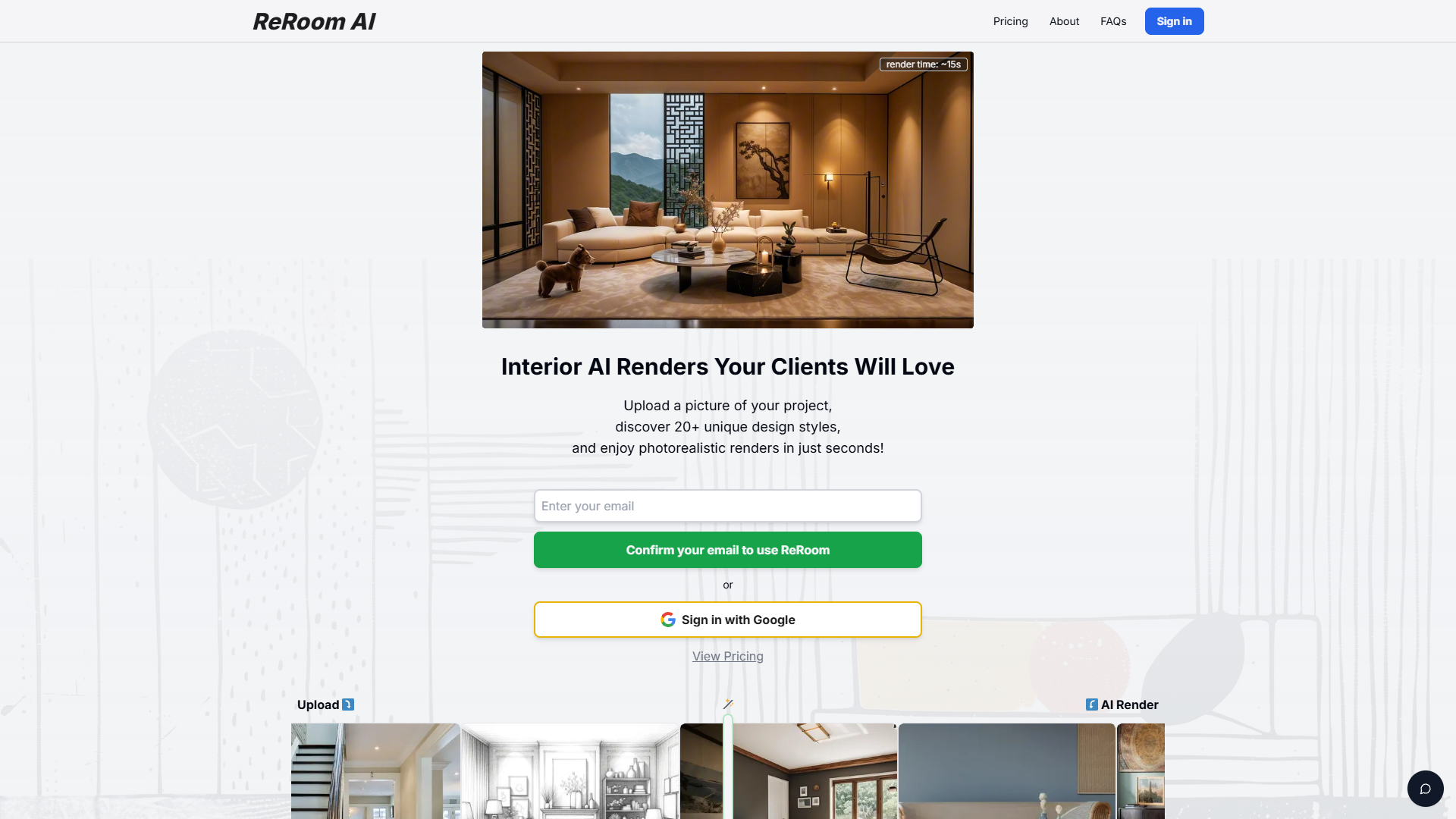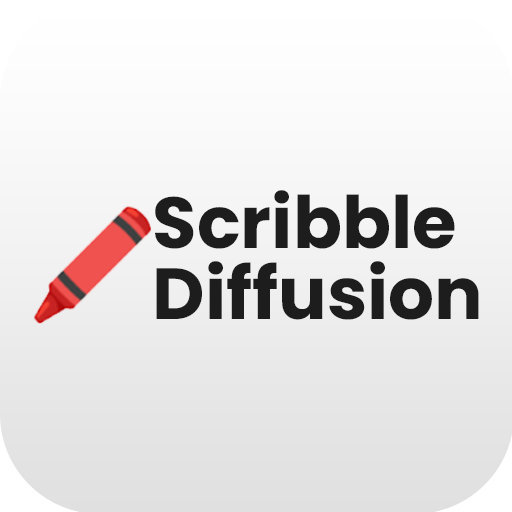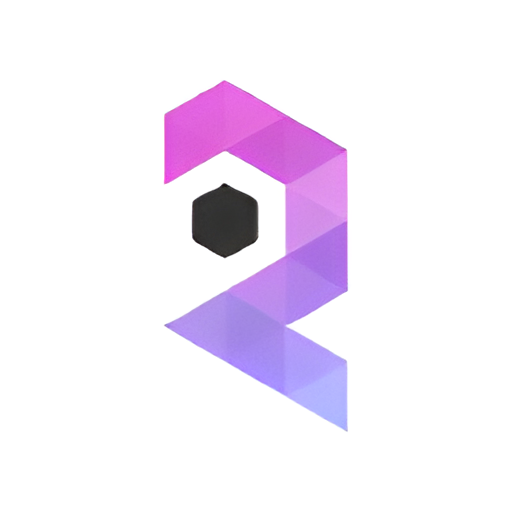Overview
ReRoom AI by Stylefie, Inc. revolutionizes interior design with its cutting-edge AI technology, enabling designers to quickly visualize and create stunning room transformations. This powerful tool allows users to upload images of their projects and choose from over 20 distinct design styles, including Modern Fusion and Retro Futurism. Within moments, ReRoom AI delivers photorealistic renders that highlight the potential of any space, from Outdoor Patios to upscale Restaurants.
The AI excels in generating detailed, lifelike images that preserve original room details while incorporating innovative elements like forest-inspired lighting and coastal neutrals. Users can view these transformations side by side with their original images, showcasing the AI’s effectiveness in reimagining spaces. Despite its prowess, some complex designs or unique room shapes might still require manual fine-tuning.
Interior designers find ReRoom AI invaluable for its realistic textures and lighting, which significantly enhance client presentations and streamline the design process. The platform's user-friendly interface ensures a smooth experience, making it an essential tool for professionals aiming to elevate their creative output. Overall, ReRoom AI is a robust solution for interior designers seeking to explore new design possibilities and impress clients with high-quality, customizable visuals.
Key features
- Photorealistic render generation: ReRoom AI quickly transforms uploaded images into realistic renders, showcasing various interior styles and design elements effectively.
- Diverse style options: Users can choose from over 20 unique design styles, including Modern Fusion and Retro Futurism, catering to a wide range of aesthetic preferences.
- Advanced texture and lighting: The tool incorporates realistic textures and dynamic lighting options, enhancing the visual impact of each design render.
- Side-by-side comparisons: ReRoom AI allows users to view original and transformed images side by side, highlighting the AI’s transformative capabilities.
- User-friendly interface: Designed for ease of use, the platform facilitates a smooth workflow for interior designers, making client interactions and presentations more efficient.
- Customizable design elements: Users can adjust colors, textures, and lighting settings to meet specific design needs and preferences, promoting creativity and uniqueness in each project.
 Pros
Pros
- Real-time collaboration: Enables multiple users to work on the same project simultaneously, facilitating teamwork and speeding up project completion.
- Cost estimation integration: Automatically calculates the cost of design choices in real-time, helping users stay within budget and make informed decisions.
- AI-driven suggestions: Offers design recommendations based on current trends and user preferences, ensuring designs are both stylish and personalized.
- Mobile compatibility: Fully functional on various mobile devices, allowing users to work on projects from anywhere at any time.
- Extensive asset library: Provides a vast collection of furniture and decor items from various brands, giving users more choices to perfect their designs.
 Cons
Cons
- High system requirements: ReRoom AI demands significant computational power, which may limit accessibility for users with older or less powerful hardware.
- Limited offline functionality: The tool requires a constant internet connection to access its full range of features, restricting usage in low-connectivity areas.
- Complex feature navigation: Despite a user-friendly interface, the depth of customizable options can overwhelm new users unfamiliar with advanced design software.
- Dependence on initial quality: The quality of the output heavily relies on the resolution and quality of the initial images uploaded by the user.
- Time-consuming processing: For complex designs and higher resolutions, ReRoom AI may require longer processing times, potentially slowing down workflow.

















